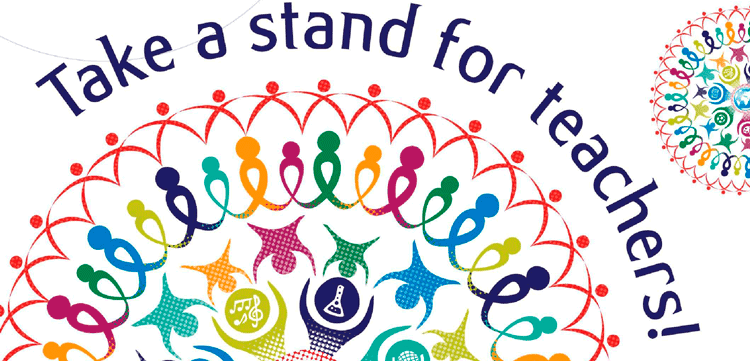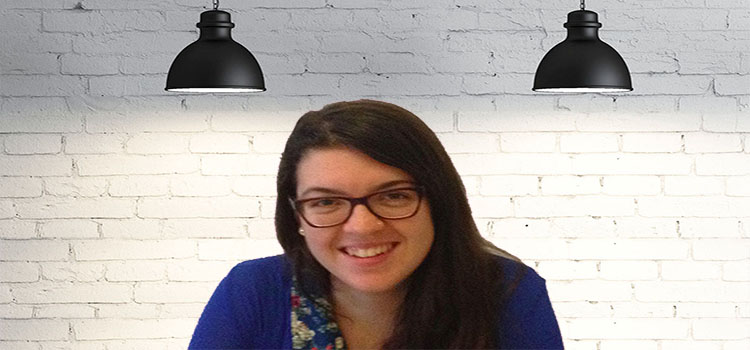But lest we forget the great importance of the old text, article or story! From it we have learnt the basis of how to set up any audio-visual discussion topic and we will discuss the most relevant framework here today.
The
“before-, during-, after-reading” (BDA) approach is a fairly straightforward method that unlocks a
multitude of strategies for reading-based activities. As the name suggests, three types of activities are at play: Pre-reading, reading and post-reading activities. This very same approach could be applied to any audio-visual discussion topic which we will explore in the remainder of this post.
The objective of the warm up is to introduce the topic and get students to start thinking about what will be discussed. This can be done by showing students the
title/image/snippet of the material that will be covered and let them brainstorm what it could be about. The same can be done by simply
giving them keywords from the material and see what they come up with related to the task. Alternatively you could
simply present the topic in a broad sense
to test the waters.
According to this method, the main reason for presenting the target language before the material is introduced is so that students would
be able to follow the content of the material you will be presenting. In previous posts we not only discussed a
3-tier model to help you choose the most suitable vocabulary, we also proposed
7 fail-safe strategies to teach new vocabulary.
Alternatively, the target language
could be taught after you have presented the material. This way students could
deduce the meaning of the target language
from the context.
The objective of this part of the audio-visual discussion topic is to
entice students further by getting them to do a task beforehand related to the material. This could include finding facts, picking out important parts of the material, coming up with slogans/headlines, drawing pictures or by following instructions just to mention a few!
The presentation phase of audio-visual discussion topics include
students engaging with the material. Before introducing the material,
give students different roles such as looking out for specific words/ideas or having to give a summary of the material at the end of the activity. Students can also
work on the material
individually, in groups or as a class as a whole.
This is your opportunity to
see what the students have understood about the topic. Emphasis ought to be on the target language introduced. If you decided to skip the
pre-teach target language phase, you now have the opportunity to introduce the target language here.
Your goal here is to
give students the opportunity to work with the target language they have seen earlier. The emphasis here should be on
creating a conducive environment where students can express themselves freely. You can do this through a kaleidoscope of
tasks.
The final part of any audio-visual discussion topic should be a short and sweet activity where
students feel energised, that they
have found closure and that
they have learnt something. Typically this include either a related
educational game set up by the teacher or an opportunity of reflection from the students´ part.
Remember that the importance of the framework of today´s look at audio-visual discussion topics is simply that: a framework. It is ultimately in your hands to decide what your lesson plan will look like: Will you pre-teach the vocabulary beforehand or afterwards so that students can derive the meaning of the words in context? Will you discuss the whole source all at once or bit-by-bit?
Remember not all the subsections need to be followed the proposed order, nor do they all have to be included! Also note that before any of this can be done you need to decide what is your objective of audio-visual discussion topics seeing that this will not only influence the type of source material you will be using, but also the content of your class overall. Now it´s your turn to come up with a great audio-visual discussion topic.






